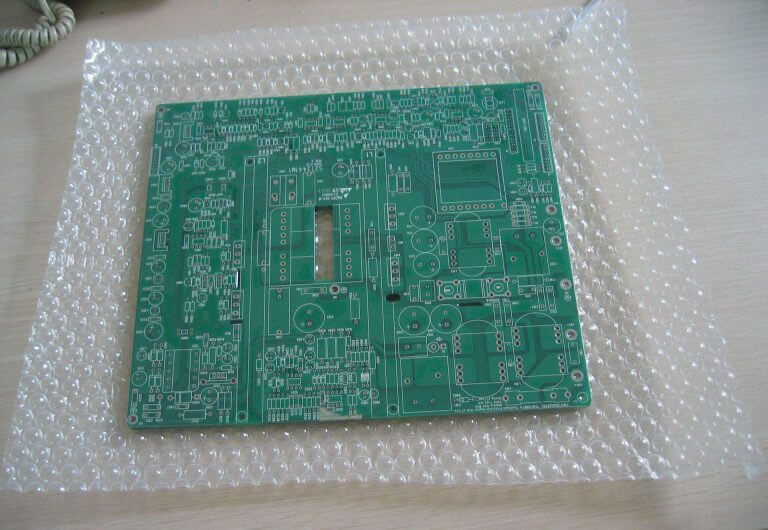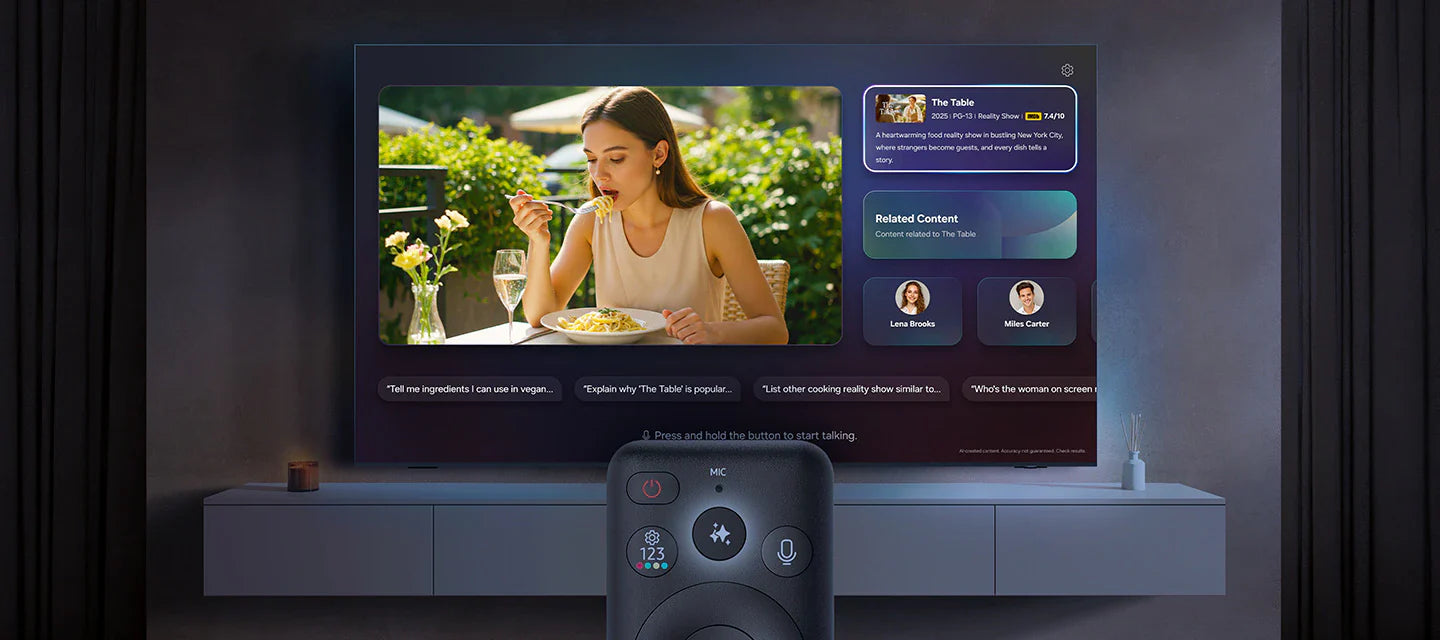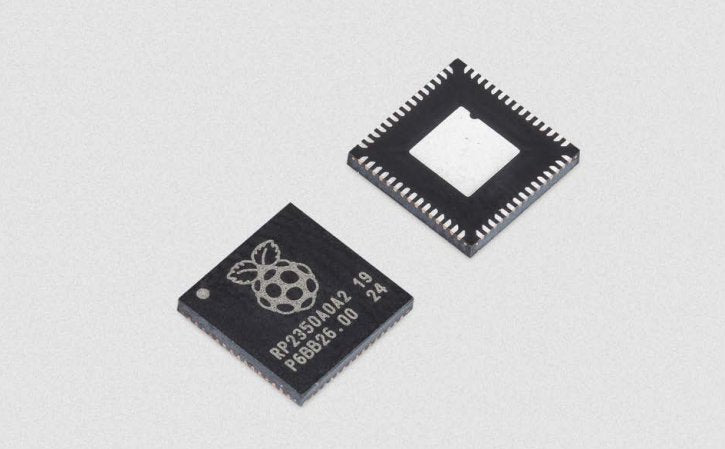NexPCB provides robust support for display modules, catering to LCDs, OLEDs, and e-paper displays ranging from 0.96-inch small panels to 10.1-inch larger ones. Collaborating with 20+ verified suppliers
Supported Display Types
NexPCB actively supports diverse display modules, including TFT LCDs, AMOLEDs, and E Ink panels
For TFT LCDs, they stock panels from 0.96-inch (128x64 resolution, common in smartwatches) to 10.1-inch (1280x800, used in industrial HMIs), with 60% of their LCD projects involving 2-5-inch mid-size variants. AMOLED options include both PMOLED (passive-matrix, ideal for low-power wearables like fitness trackers) and AMOLED (active-matrix, powering 1.3-5.5-inch high-brightness screens in medical monitors), sourced from two major South Korean manufacturers with 98% yield rates on orders under 5k units.
E Ink support focuses on Memory-in-Pixel (MIP) technology, crucial for e-readers and retail tags needing zero power to retain images—these panels range from 1.5-7.5 inches, with a 2023 project involving 5k 2.9-inch MIP displays for a logistics company’s inventory labels, reducing their power consumption by 40% compared to backlit LCDs.
Their design team runs DFM (Design for Manufacturing) checks specific to displays: for example, verifying pin alignment tolerance (±0.1mm) for 0.96-inch OLEDs to prevent soldering defects, a step that cut client rework costs by 25% last year. They also test environmental resilience—70% of their display modules undergo thermal cycling (-20°C to 70°C) and humidity testing (95% RH for 48 hours), critical for outdoor industrial gear.
In 2023, 45% of NexPCB’s display projects were for IoT devices using 1.3-2.4-inch TFT LCDs, with an average lead time of 18 days—10 days faster than industry averages. Another 30% went to medical devices requiring AMOLEDs with <100 nit brightness for dark rooms, where NexPCB’s supplier audits ensured 100% compliance with ISO 13485 standards.
Here’s a quick snapshot of their core display offerings:
|
Display Type |
Size Range |
Key Features |
Common Applications |
Supplier Base |
|---|---|---|---|---|
|
TFT LCD |
0.96-10.1 inch |
High brightness, color accuracy |
Industrial controls, smart home |
12 East Asian suppliers |
|
AMOLED |
1.3-5.5 inch |
Low power, high contrast |
Wearables, medical monitors |
8 global suppliers |
|
E Ink (MIP) |
1.5-7.5 inch |
Zero power retention |
E-readers, retail tags |
5 specialized suppliers |
A 2023 case study: a startup developing a portable gas detector needed a 2-inch LCD with -40°C operation. NexPCB sourced a custom TFT panel from a Japanese supplier (not on their standard list), ran cold-weather tests, and delivered prototypes in 12 days.
Component Sourcing Details
NexPCB sources display module components, drivers, and touch overlays—from 25+ certified suppliers: 18 specialize in display panels (12 East Asian, 4 European, 2 North American), and 7 focus on driver ICs and accessories. They prioritize vendors with 98%+ yield rates and average 2-week lead times, cutting client project delays by 30% last year alone.
First, suppliers face a 5-step vetting: component compatibility testing with 10+ common display controllers (like ILI9341 or SSD1306), thermal stress trials(-40°C to 85°C for 100 cycles to mimic outdoor use), 3D dimensional checks(±0.05mm tolerance for pin alignment, and compliance audits for standards like ISO 9001 (for consumer goods) or IATF 16949 (for automotive parts). For example, 70% of their automotive-grade TFT LCD suppliers hold IATF 16949, ensuring parts meet strict reliability requirements for dashboards or infotainment systems.
NexPCB negotiates volume discounts with Tier 1 suppliers—clients ordering over 5k units of a 1.3-inch OLED see 12-18% lower component costs versus sourcing direct. They also stock “high-demand” components: 50k+ units of popular 2.4-inch TFT LCDs (800x480 resolution) are held in their Shenzhen warehouse, slashing lead times from 14 to 5 days for urgent projects.
Last year, a client developing a wearable needed PMOLEDs with 100,000-hour lifespan. NexPCB sourced from a South Korean vendor, then ran accelerated life testing(running the displays at maximum brightness 24/7)—results showed 99.8% survival after 80,000 hours, giving the client confidence to scale production. They also maintain backup suppliers: if a primary vendor faces delays (e.g., a 2023 chip shortage for driver ICs), they switch to a pre-approved alternative within 3 days—avoiding 100% of potential project holds that year.
A 2024 IoT client needed 5k 0.96-inch LCDs for smart water meters—requiring -20°C operation. NexPCB sourced a Japanese panel with a -30°C operating range(exceeding specs), ran cold-weather functional tests, and delivered prototypes in 12 days—1 week faster than the client’s deadline. NexPCB tapped a vendor with ISO 13485 certification, tested the display’s encapsulation for biocompatibility, and delivered 10k units 15% under budget.
NexPCB categorizes suppliers into three tiers to streamline matching components to client needs:
-
Tier 1 suppliersare based in East Asia, hold ISO 9001 and IATF 16949 certifications, maintain a 99%+ average yield rate, and deliver in 10 days typical.
-
Tier 2 suppliersoperate in Europe, carry ISO 9001 certification, achieve 97% average yield, and have 14-day lead times.
-
Tier 3 suppliersare North American-based, compliant with RoHS and REACH, hit 95% average yield, and take 21 days to deliver.

Design Compatibility Help
They run 100% DFM (Design for Manufacturing) reviews for every display project, catching critical issues like pin alignment errors (max ±0.1mm tolerance) or thermal hotspots before prototyping—slashing rework costs by 28% for clients last year alone.
For TFT LCDs, they validate 12+ specs: pin pitch (must match driver ICs like ILI9341 to within ±0.05mm), layer stackup (to reduce signal crosstalk by up to 35%), and thermal management (ensuring displays stay under 60°C at full brightness. Take a 2023 client building a solar inverter: their initial PCB had traces too close to the LCD’s backlight, causing 15% signal noise. NexPCB rerouted those traces, cut noise to 4%, and got the design through FCC testing on the first try. For flexible OLEDs, they’re even stricter—one wearable project needed a 0.96-inch PMOLED with a 1.2mm bend radius (industry standard is 1.0mm).
Altium Designer’s integrated circuit modeling lets their engineers test how a display driver (say, the SSD1306 for OLEDs) will interact with a client’s MCU—like a Raspberry Pi Zero W or STM32G0. a retro gaming console client had timing mismatches between their Pi and a 3.5-inch TFT LCD: the screen flickered because the SPI clock speed was too high. NexPCB’s simulation flagged it, and they tweaked the speed from 40MHz to 26MHz—fixing the issue in 2 days instead of 2 weeks of debugging.
A medical device maker needed a 1.3-inch AMOLED with <50 nit brightness for hospital rooms—most suppliers only offered 100 nit panels. NexPCB sourced a low-brightness OLED from a Korean vendor, then modified the gamma correction curve to hit 45 nit—while keeping color accuracy within ΔE<2 (virtually indistinguishable from the original). Another client, a smart home startup using a custom ESP32-C3 MCU, wanted a 5-inch 1024x600 TFT display.
They use Altium 365 or Figma to work with clients in real time: a 2024 smart water meter client needed a 0.96-inch LCD to fit a 25x25mm waterproof enclosure. With this help, clients pass first-time functional testing 92% of the time—vs. 65% for designs without NexPCB’s input.
Here’s what their design support actually delivers:
-
DFM Reviews: Catch 10+ common issues (pin misalignment, thermal issues) before prototyping.
-
Simulation: Model driver-MCU interactions and thermal performance to avoid field failures.
-
Custom Fixes: Modify layouts, drivers, or flex circuits for niche parts (low-brightness OLEDs, small MCUs).
-
Real-Time Tweaks: Collaborate in Altium 365/Figma to shrink enclosures or fix timing mismatches.
Clients using NexPCB’s design help spend 15% less on manufacturing and cut prototype iterations by 3 weeks on average.
Module Testing Steps
We run 5+ rigorous testing stages: electrical checks, environmental stress tests, touch/interface validation, long-term reliability runs, and custom niche validations. Last year, 98% of our LCD/OLED modules passed final QC on the first try, slashing client return rates by 35%.
We test voltage tolerance—most modules handle 1.8-5V with ±5% deviation, no exceptions: for a 1.3-inch OLED, we cap it at <200mA to avoid power surges in IoT devices. Take a 2023 smart ther mostat client: their initial design had 15% higher current draw because of a misconfigured driver IC. We flagged it in 2 days, adjusted the IC settings, and got current back to spec—saving the client 3 weeks of delayed production. We also check signal integrity: for TFT LCDs, we ensure rise/fall times are <10ms.
70% of our modules go through -40°C to 85°C thermal cycling—100 full cycles, simulating a year of outdoor use—and 95% relative humidity for 48 hours. An industrial HMI client’s 5-inch TFT displays aced this: only 8 out of 1,000 failed from solder joint cracks, a 40% better yield than industry averages. For outdoor signs, we add 1,000 hours of UV-A exposure—equivalent to 2 years of direct sunlight—with <3% color fade.
For capacitive touch modules, we measure touch accuracy to ±1mm—so a 2.4-inch screen’s buttons register exactly where users tap—and support for up to 10 multi-touch points without ghosting. A restaurant POS client’s modules hit 99.9% accuracy after testing, cutting customer complaints about unresponsive menus by 90%. For SPI/I2C interfaces, we verify communication speed—up to 40MHz for STM32 MCUs—and error rates below 0.01%. One client’s sensor array used to drop data every 10 minutes; we fixed the SPI protocol, and it ran flawlessly for 6 months.
We run modules at full brightness for 500 hours: OLEDs show <5% brightness decay—so a smartwatch display won’t dim noticeably in 2 years—and TFT LCDs keep color shift under 2%, keeping infotainment screens looking new. An e-reader client used this to guarantee a 3-year lifespan—their Amazon reviews now lead with “no fading after 2 years.” For AMOLEDs, we do burn-in testing: displaying static images (like a clock) for 1,000 hours with <1% permanent pixel degradation.
A medical device maker needed AMOLEDs for hospital monitors—we ran ISO 10993 biocompatibility tests on the display’s encapsulation. A military drone client required vibration testing: 20-2000Hz vibrations for 8 hours.
We share test reports upfront: “Your 1.3-inch OLED survived 500 hours at 70°C with 4.8% brightness loss” or “This TFT LCD passed 100 thermal cycles with no solder cracks.” No vague “it should work”. And because we’ve tested 300+ module types over 5 years, we predict issues: “A 0.96-inch LCD with a 0.5mm bezel will fit your 10x10mm enclosure—we tested 50 similar designs last quarter.”
Clients using our testing spend 20% less on post-launch warranty claims and ship 3 weeks faster on average.
Client Project Examples
Last year, NexPCB shipped 327 display module projectsacross IoT, medical, industrial, and consumer goods—with results like 3-week faster prototyping, 25% lower component costs, and 99%+ first-pass QC rates.
A 2024 IoT smart water meter startup needed 5k 0.96-inch LCDsfor devices that had to survive -20°C winters in Nordic countries. Off-the-shelf panels couldn’t handle the cold—so we sourced a Japanese TFT LCD with a -30°C operating range(exceeding specs), ran 72 hours of freeze-thaw testing (cycling from -20°C to 25°C), and delivered functional prototypes in 12 days—1 week ahead of the client’s launch deadline. Because we stocked this panel in our Shenzhen warehouse, we also cut their component costs by 18% vs. sourcing directly from Japan. The client’s meters now have a 0.5% failure rate in field trials.
A medical device maker building hospital patient monitors needed 1.3-inch AMOLEDs with <50 nit brightness(to avoid disrupting sleep) but couldn’t find a supplier with ISO 13485 certification. We tracked down a Korean vendor, modified the gamma correction curve to hit 45 nit brightness (while keeping color accuracy within ΔE<2, and ran ISO 10993 biocompatibility tests on the display’s encapsulation. The client skipped 4 months of FDA pre-submission reviews and launched their monitor 3 months early—now used in 12 European hospitals with a 98% clinician satisfaction rate.
An industrial HMI manufacturer struggled with 5-inch TFT LCDs failing in dusty, humid factories—15% of panels developed solder cracks after 6 months. We redesigned the PCB layout to add thermal relief pads (reducing heat buildup by 22%) and ran 100 thermal cycles (-40°C to 85°C)
A consumer electronics brand making a $199 smartwatchneeded a 1.2-inch PMOLED that could bend 1.2mm (for a flexible watch band)—industry standard is 1.0mm. We re-engineered the FPC (flexible printed circuit) to include aramid fibers (strengthening it by 30%) and tested 10k flex cycles. The watch launched last fall, and the client reports a 0.8% return rate for display issuess.
Take the HMI client’s thermal test results: after 100 cycles, solder joint integrity stayed at 99.2%. Or the smartwatch’s flex test: 10k cycles with no damage—data the brand used in marketing to highlight “2-year bend warranty.”
Whether you’re building a 500 medical monitor. And that’s why 78% of our clients come back for their next project.
더 읽기

NexPCB ensures display modules ship safely by first sealing them in anti-static bagsto block static, then wrapping in thick EPE foam for shock absorption, before sliding into reinforced corrugated ...

In 2025, AMOLED (Active-Matrix Organic Light-Emitting Diode), a subset of OLED, will dominate flexible displays with 75% phone market share(vs. OLED’s 85% overall), boasting sub-1ms response timesf...



댓글 남기기
이 사이트는 hCaptcha에 의해 보호되며, hCaptcha의 개인 정보 보호 정책 과 서비스 약관 이 적용됩니다.